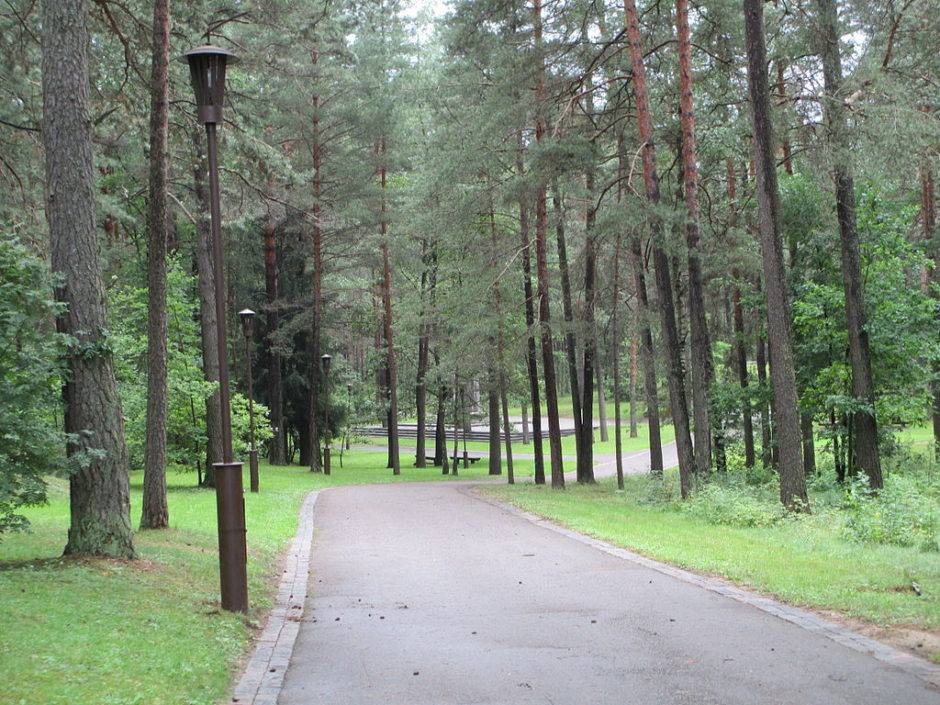At the end of 1943, with the Soviet army fast approaching Nazi-occupied Lithuania, the Germans selected 80 able-bodied Jewish prisoners from the Stutthof concentration camp to work in the Ponar forest, where an estimated 100,000 people, including 70,000 Lithuanian Jews, had been murdered in the past three years.
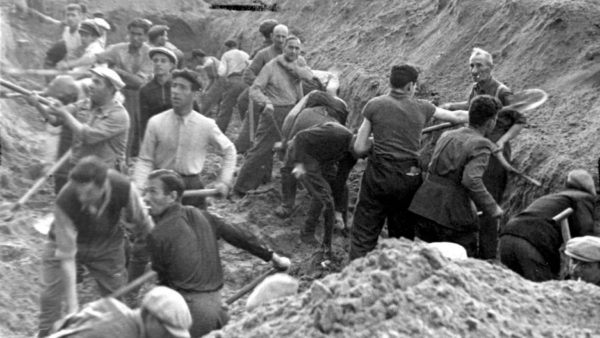
Chained by the legs, the prisoners were instructed to cut down trees for fire wood, exhume the corpses and burn them in pyres to conceal the evidence of Nazi crimes.
For weeks stretching into months, they burned the decomposed bodies, sometimes to their great distress recognizing family members among the dead. Realizing they would be summarily shot after they finished their gruesome task, they devised a plan to save themselves. They resolved to build a tunnel from the burial pit, where they were housed, some 100 feet into the forest. For 76 nights, they dug the narrow, claustrophobic tunnel, using only their bare hands and spoons.
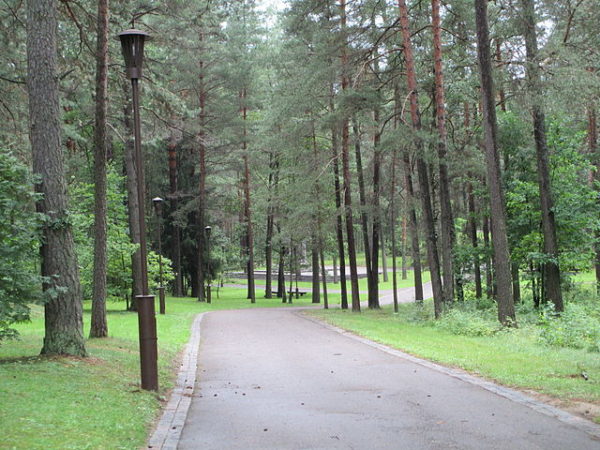
On the last night of Passover, April 15, 1944, they decided to flee. But when they emerged from the tunnel, they were met by a hail of German bullets. Only 12 prisoners survived the slaughter, and they joined a partisan unit in the forest. By the end of the war, 11 of the escapees were still alive.
The survivors, some of whom settled in Israel and the United States, told their stories to their children, but they could not know for certain whether the escape tunnel actually existed.
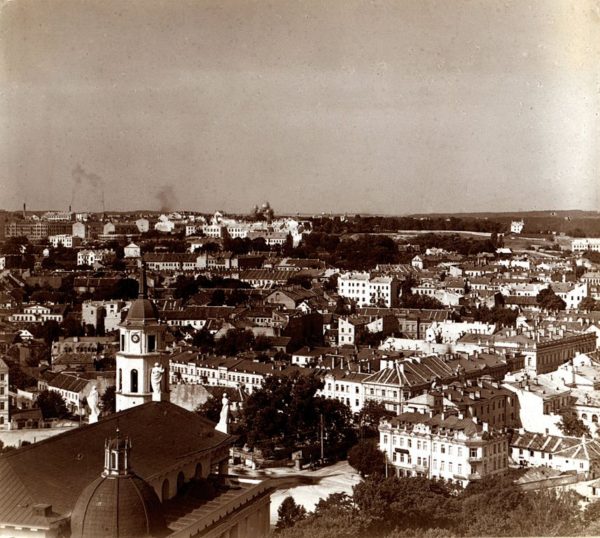
Several years ago, an international group of archaeologists converged on Vilna to search for the tunnel, which is close to Lithuania’s capital. Since they did not want to disturb the human remains in the burial pits, they refrained from digging and instead used modern techniques, radar and radio waves, to scan the area.
Holocaust Escape Tunnel, which is available on the Netflix streaming network, documents their uphill mission. This fine film is directed by Paula Apsell and Kirk Wolfinger.
The notion of a tunnel in the Ponar forest was publicized when Lithuanian archeologists found its entrance in 2004, but in 2016 a team of foreign archeologists arrived in Lithuania to try to find the rest of it and thereby validate the survivors’ account.
As Apsell and Wolfinger suggest, Lithuania — which had been annexed by the Soviet Union since 1940 — was ground zero during the first phase of the Holocaust. It was where the Germans, in tandem with local collaborators, first began to murder Jews on a systematic basis.
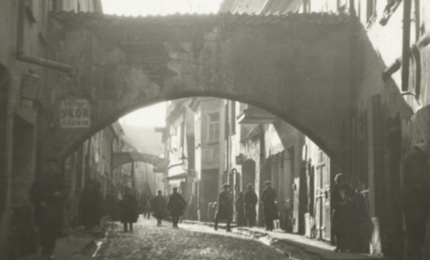
Shortly after the German invasion of Lithuania in 1941, the venerable Jewish community was targeted. Jews were forced into a sealed ghetto in Vilna, a renowned center of Jewish learning and scholarship where 40 percent of the population was Jewish. They were then taken to Ponar and summarily shot and buried in seven pits.
By the end of this horrific process, more than 90 percent of Lithuanian Jewry had been wiped out.
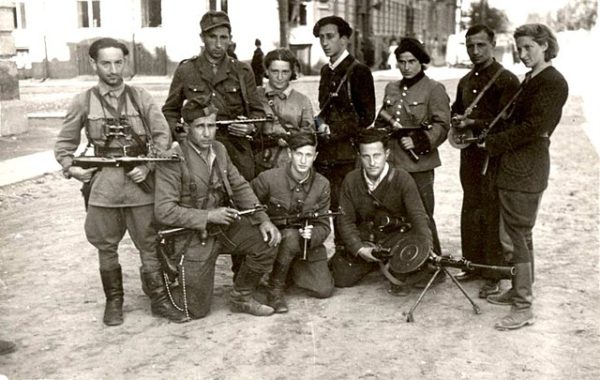
Some Jews escaped and formed partisan bands. One was commanded by the legendary Abba Kovner, whose name is mentioned twice in the documentary.
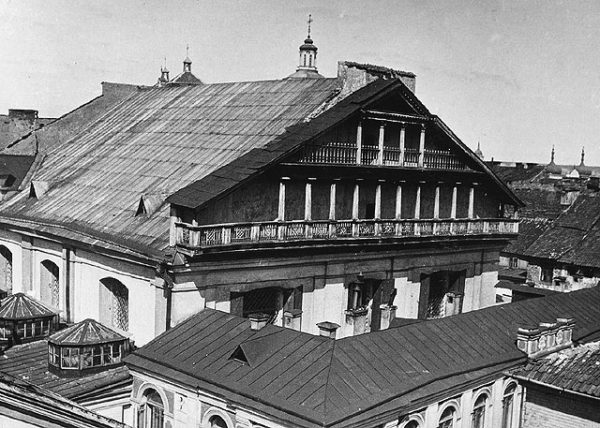
Apart from their quest to find the elusive tunnel, the archeologists looked for the mikveh in the Great Synagogue, which the Nazis had destroyed in a frenzy of antisemitic hatred. Since a school had been built on its ruins, the excavation was difficult. But finally they stumbled upon the remnants of a water heater, an integral part of the mikveh.
As for the tunnel, sections of it were found, thereby confirming the survivors’ claim.
